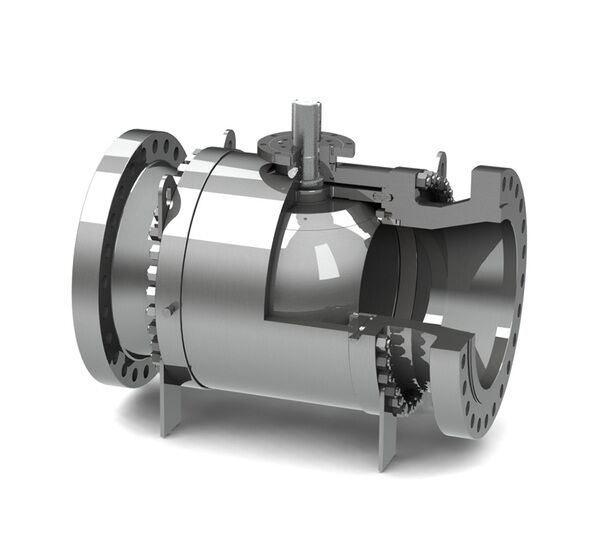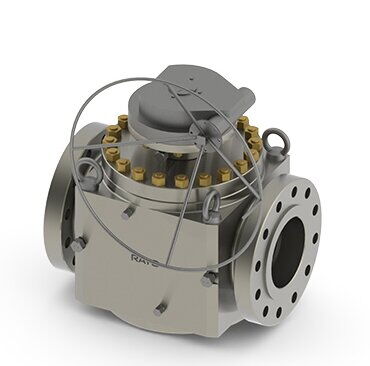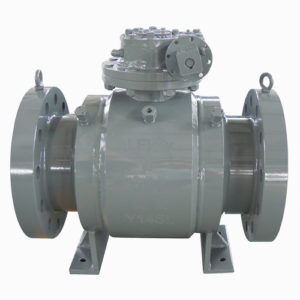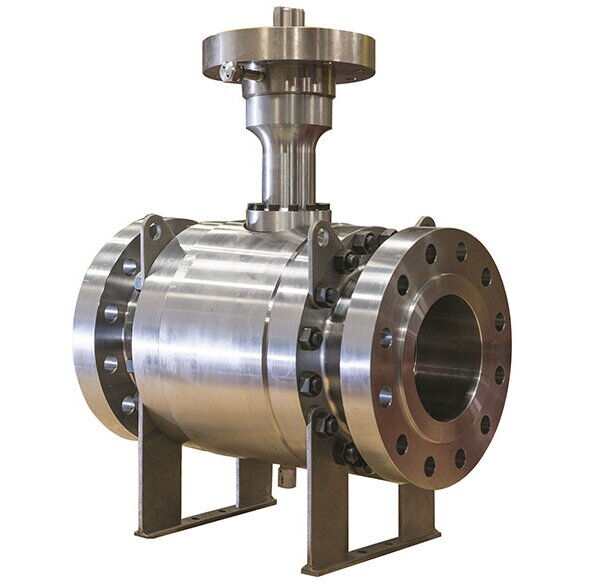A metal seated ball valve is a high-performance valve featuring a metal-to-metal seal between the ball and the seat. These valves are engineered to endure severe operating conditions, such as high temperatures, high pressure, corrosion, and abrasion. Unlike soft-seated ball valves, which use thermoplastics like PTFE and are limited to clean services, metal seated ball valves are tailored for harsh environments.
To enhance durability and performance, metal seated ball valves often incorporate coatings like tungsten carbide, chromium carbide, stellite hard facing, or ultrasonic spray coating. These coatings make the valve more resistant to wear and tear, ensuring a tight shutoff in both unidirectional and bidirectional fluid flows. Common materials for these valves include 316 stainless steel and Monel, known for their superior mechanical and chemical properties.
Metal seated ball valves provide unique advantages over their soft-seated counterparts, making them indispensable in severe service applications.
Metal seats are highly resistant to wear caused by abrasive particles or corrosive fluids.
Ideal for applications involving slurries, solids-laden fluids, or aggressive chemicals that could damage soft-seated valves.
The robust construction of metal seated ball valves results in longer operational lifespans.
Reduced need for frequent maintenance or replacement leads to cost savings over time.
These valves are designed to perform under extreme conditions, handling elevated pressures and temperatures beyond the limits of soft-seated valves.
Suitable for industries like petrochemical, power generation, and mining, where challenging operating conditions are common.
Metal seats create a secure seal with the ball, minimizing leakage and maintaining system integrity.
This feature ensures operational efficiency and prevents costly downtime due to leaks.
Metal seated ball valves are available in various designs to cater to specific application requirements:
Constructed with a bolted body design, allowing for easy assembly and disassembly.
Commonly used in industries requiring straightforward maintenance and repair.

Designed for in-line maintenance, where the internal components can be accessed without removing the valve from the pipeline.
Preferred in applications where downtime needs to be minimized.

Features a fully welded body for maximum durability and zero potential leak points in the body structure.
Often used in underground or subsea applications where reliability is critical.

Equipped with a trunnion-mounted ball, offering reduced operating torque and better performance under high-pressure conditions.
Suitable for large-diameter pipelines and high-pressure systems.

Metal seated ball valves are utilized across a variety of industries due to their robustness and reliability:
Handling abrasive drilling fluids, high-pressure natural gas, and corrosive hydrocarbons.
Used in steam systems and high-temperature operations in thermal and nuclear plants.
Managing slurry flows and handling abrasive ores.
Controlling aggressive chemicals and high-temperature reactions.
Withstanding abrasive and fibrous materials in processing streams.
When choosing a metal seated ball valve, consider the following factors to ensure optimal performance:
Analyze temperature, pressure, and the chemical nature of the fluid to match the valve material and coating.
Select a side entry, top entry, welded body, or trunnion design based on installation and maintenance requirements.
Evaluate flow rate and system dynamics to determine the appropriate valve size and configuration.
Regular maintenance is essential to extend the lifespan of metal seated ball valves:
Periodically inspect the valve for signs of wear, erosion, or corrosion.
Remove deposits or debris that may accumulate on the valve components.
Reapply surface coatings if signs of degradation are observed.
Replace worn-out seals to maintain leak-tight performance.
Metal seated ball valves are an indispensable solution for severe service applications, offering unmatched durability, leak resistance, and performance under extreme conditions. With various types and designs available, they cater to a broad spectrum of industrial needs. By selecting the right valve and adhering to a robust maintenance routine, industries can ensure operational efficiency and long-term reliability.